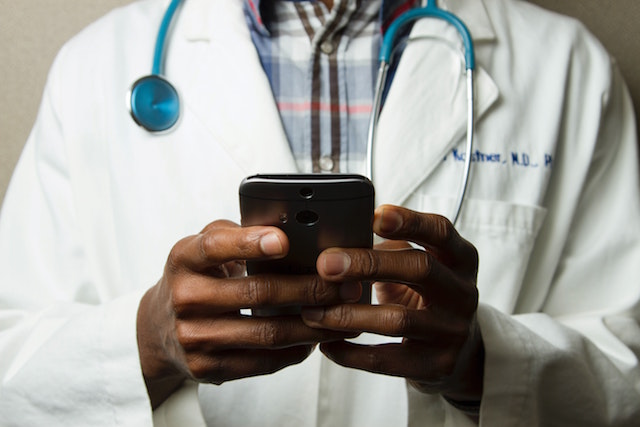The coronavirus pandemic has brought the need for increased innovation into sharper focus, especially in the healthcare field. As the outbreak has spread, so, too, has the realization that things need to be done faster and more efficiently/effectively than before. The result has been advances that bring with them the likelihood of better care and improved outcomes in the short term, and a more efficient system over the long haul.
This would be nothing new, by the way, as history is littered with examples of cataclysm leading to innovation:
- The Black Death (1331-3153) wiped out over half of the European population but led to the demise of the feudal system, not to mention arcane medical practices based on religion as opposed to science.
- The Boston Smallpox Epidemic (1721-22) ignited a spirited debate about inoculations which spilled over to print and spawned the first independent newspaper.
- The Spanish Flu outbreak (1918-19) opened up more opportunities for women in the workforce.
- The SARS outbreak (2003) strengthened ecommerce in Asia.
It would not be the least bit surprising, then, if a similar reset occurs now. That seems particularly likely in healthcare technology, especially as it pertains to the sector’s adoption of distributed ledger technology (DLT), the immutable online ledger. Even before the pandemic, it was projected that healthcare spending on DLT would reach $1.4 billion by 2024, part of a larger trend that has seen spending on that technology triple across all sectors since 2017, with the expectation that it will reach $16 billion by 2023.
To date, however, DLT has not made much of a dent in healthcare. Only 11 percent of the executives polled by Business Insider believed that that industry has made noteworthy strides with DLT. That placed healthcare behind financial services (46 percent), manufacturing (12 percent) and energy/utilities (12 percent).
That financial services paced the pack is hardly a shock, given DLT’s long association with cryptocurrencies. Yet it seems likely that precious few industries won’t be touched by DLT in the years to come, and healthcare-wise it can make its greatest impact on electronic medical records (EMRs).
Already widely used, EMRs (often called electronic health records, or EHRs) make it easier for healthcare professionals to store and share patient data, though there are the ever-present security concerns. One in three doctors responding to a Deloitte poll cited such worries as the primary reason they would hesitate to adopt telemedicine platforms.
DLT, while not perfect, can help alleviate these concerns, as any new data entered into the system must be rubber-stamped by the physician and the patient, then undergo vetting against an already existing ledger. Neither party has sole jurisdiction over the information; either one can secure a copy. In short, everyone is assured access, control and security.
DLT shows great promise within the medical field, and if it has not been completely realized during the COVID-19 pandemic, it seems likely to happen at some point in the very near future. History would suggest as much, as innovation has always been humankind’s response to past crises. And certainly healthcare’s need for DLT appears to be obvious.






